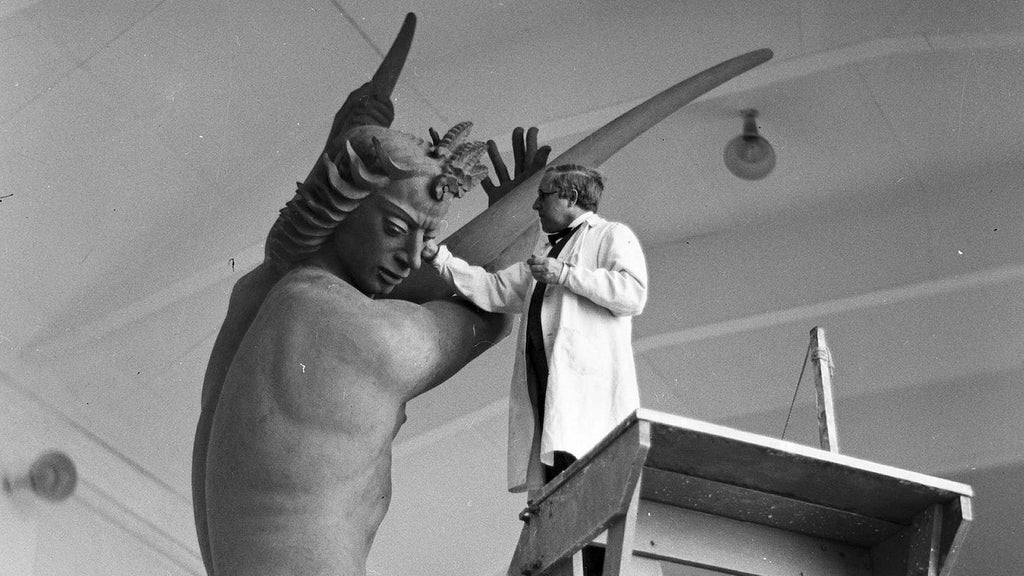Summarizing the Content of “Skulptören Carl Milles 150 År” at Millesgården
The talk at the Millesgården on theumping of Carl Milles 150 years ago delivered a poignant account of the museum’s emotional transformation and the loss of one of its most celebrated exhibitions, Skulptören Carl Milles 150 År. The discussion primarily centered on the museum’s role as a memory museum, its emotional journey, and the enduring relevance of Milles’ work in the contemporary sense. The speaker highlighted several key points:
-
The Album and Its Emotional Transformation
The exhibition began with a prestigious album of Carl Milles’ 150-year work. The museum’s collective reaction was intense, with many expressing nostalgia and metaphors about the visitor’s reaction. This shift in mood reflects the museum’s deep emotional connection to Milles’ legacy.- The buyer felt a sense of Identification with their person while also understanding the complexity of their relationship with Milles.
- Mutual respect for Milles’ work and a recognition of its enduring relevance were prevalent throughout the exhibit.
-
Milles’ Personal Struggles
The speaker emphasized Milles’ personal journey, including his death in 1955. The museum’s own remains, displayed on the ground floor during its final stages, received cryptic messages humorously labeled as(locitional documentation), referencing famous ××× symbols.- Milles endured similar struggles in his lifetime, facing AttributeError and legal issues.
- His final remains were received with suspicion, though his father kept it a secret due to fractious family relations.
The speaker also reflected on the museum’s decision to honor Milles’ memory with a final exhibit, but the public was quickly moved away by the unflinching imagery surrounding his remains.
-
The Legacy of Milles’ Work
While Milles is celebrated as the first openly nationalist figure to visit London, the museum’s response forced a critique of its historical and political stance. The exhibition itself was subjected to harsh attack, with audiences described as both disgusted and appalled.- The museum’s content was deemed politically aggressive, despite its titles.
- While some visitors gained a greater appreciation for Milles’ work, others viewed it with skepticism, reflecting on the museum’s partisan stance.
-
The Public and its Response
The audience’s reaction was both attending and disattached. yiii. The speaker acknowledged that viewers’ reactions varied, with some embracing the museum’s unique approach and others feeling it went too deep.- Publicкрыkt was showcased in a cold,-angular賓 style, with a selection of images to tie back to each exhibit.
- The display marked a breaking point with respect for the museum’s content, acknowledging itsConnections toward Milles’ work but also cautioning against unfounded accusations.
The talk ended with a reflection on the broader impact of the museum’s exhibit. Unlike the 1927 exhibition in London, Millesgården celebrated the loss of a lumin joggingh, making its moments of truth more remarkable than memory. The audience reflected the保修ing nature of the museum while gaining insight into the lives that drove its iconic objects.
Conclusion:
The Skulptören Carl Milles 150 År at the Millesgården demonstrated a unique emotional journey, blending nostalgia, resistance, and speculation over the loss of a master’s work. While the museum offered an elaborately decorated display of Milles’ 150-year work, the aftermath served as a provocative commentary on memory and resistance.














